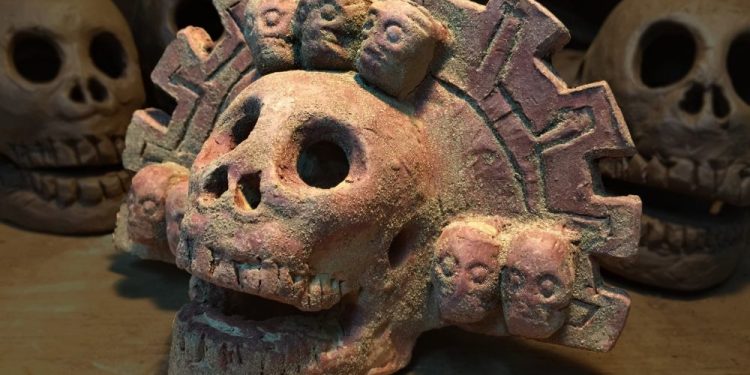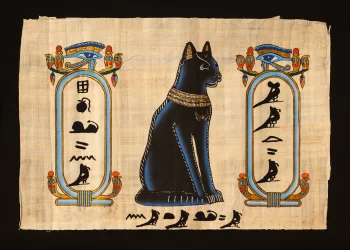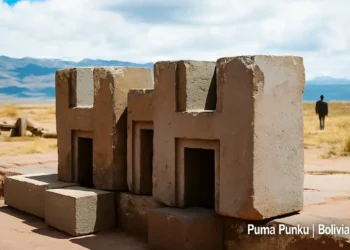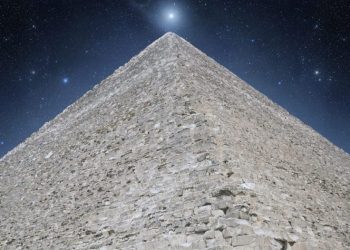The Aztec Death Whistle, a skull-shaped artifact, was not merely a chilling curiosity. Its believed use in psychological warfare and its ghost-like sounds made it an object of profound intrigue.
Unearthed from an Aztec temple dedicated to the wind god Ehecatl in Mexico, this peculiar item was initially thought to be a simple ornament. Only later did archaeologists realize the significant role it may have played in Aztec society.
More Than Meets the Eye: The Whistle’s Terrifying Purpose
Years after its discovery, experts proposed that the Aztec Death Whistle was more than a trinket. It could have been a tool of terror, used in sacrifices, ceremonies, and battles to strike fear into the hearts of enemies.
Five Fascinating Facts About the Aztec Death Whistle
Found in the Grip of the Dead
The Maya, Aztec, Inca, Andean, and other Mesoamerican cultures were known for crafting intricate wind instruments such as flutes, whistles, and aerophones from clay, bone, stone, and metal, often used in sacred rituals. The Death Whistle was found in the hands of a 20-year-old man buried at the temple of Ehecatl, each hand clutching a skull-shaped whistle.
Guiding Souls in the Night Wind
Aztecs used the Death Whistle as an essential tool in their rites, including sacrifices and funerals. As per some experts, the eerie sound of the whistle accompanied the killing of a sacrifice, guiding the victim’s soul into the afterlife, symbolizing the lord of the Night Wind escorting the soul away.
Creating the Haunting Sound
The Death Whistle produces its ghostly sound when air flows into its cavity, causing pressure fluctuations. To generate the sound, one simply blows into the mouthpiece. The air then enters the whistle, altering pressure and creating various sounds – from animal-like growls to chilling shrieks – as it vibrates within the whistle’s “chaos chamber” before exiting the bottom.
An Instrument of Terror
The Aztec Death Whistle was believed to be a formidable psychological warfare tool. The Aztecs, legendary warriors, would conceal themselves in dense jungles, blowing the whistle before launching an attack, using its harrowing sound to instill fear and unsettle their enemies.
A Healing Tool Amid the Terror
Beyond warfare, the Aztec Death Whistle also had a softer side. Aztec legends recount its use in therapy, with the belief that the whistle’s hypnotic sound could create a soothing environment conducive to overcoming illness.











